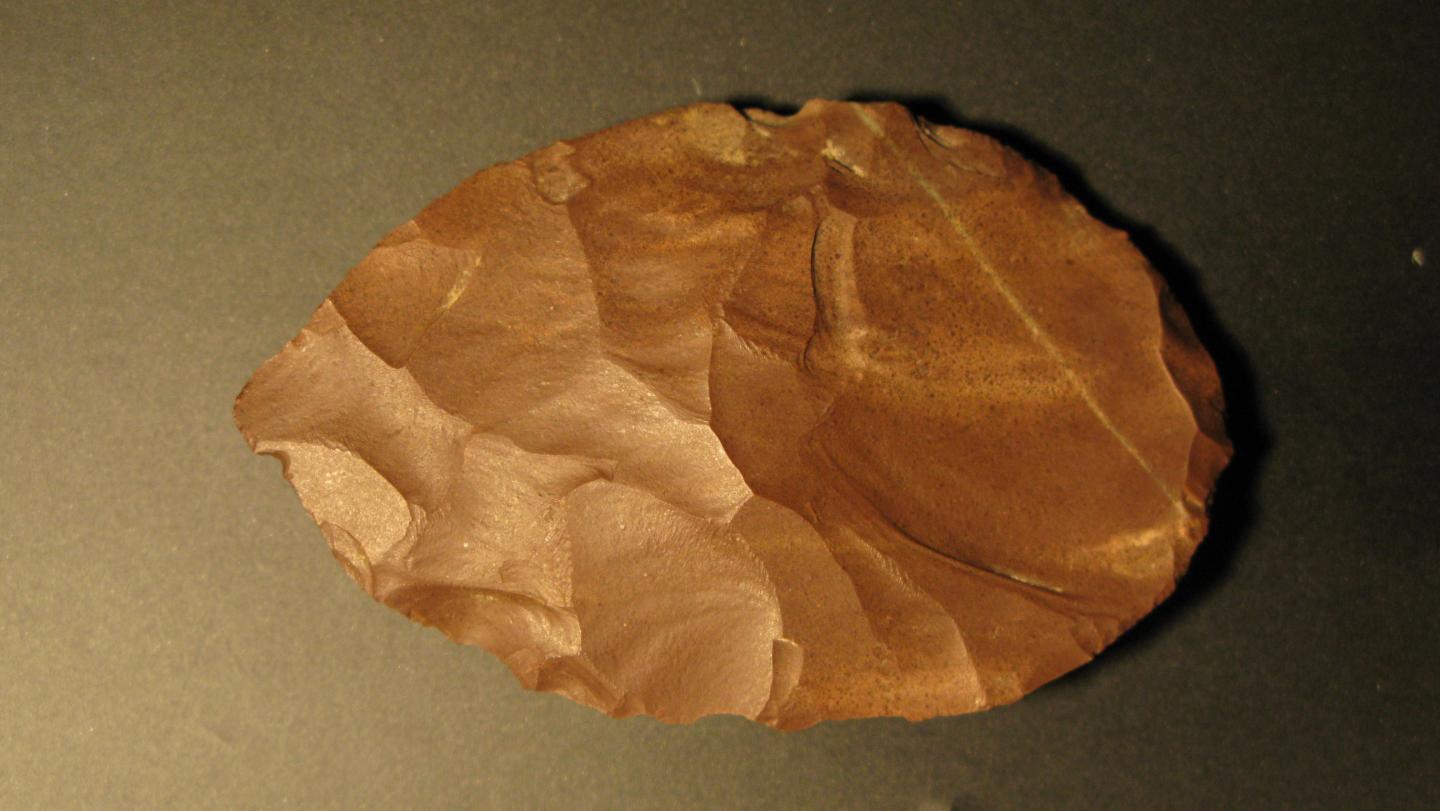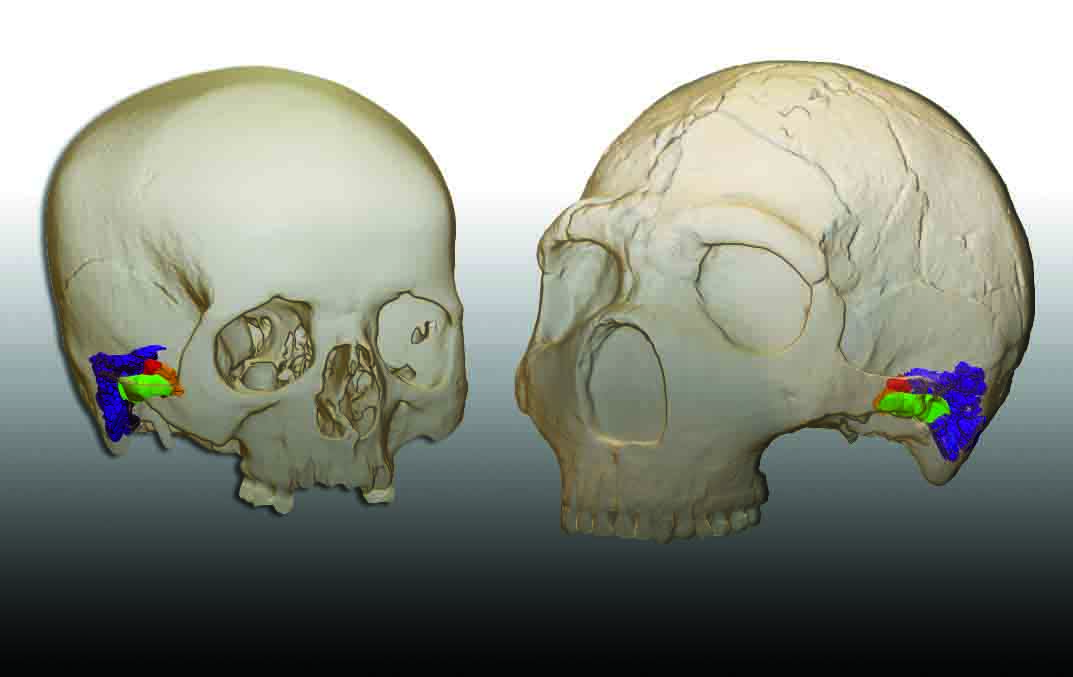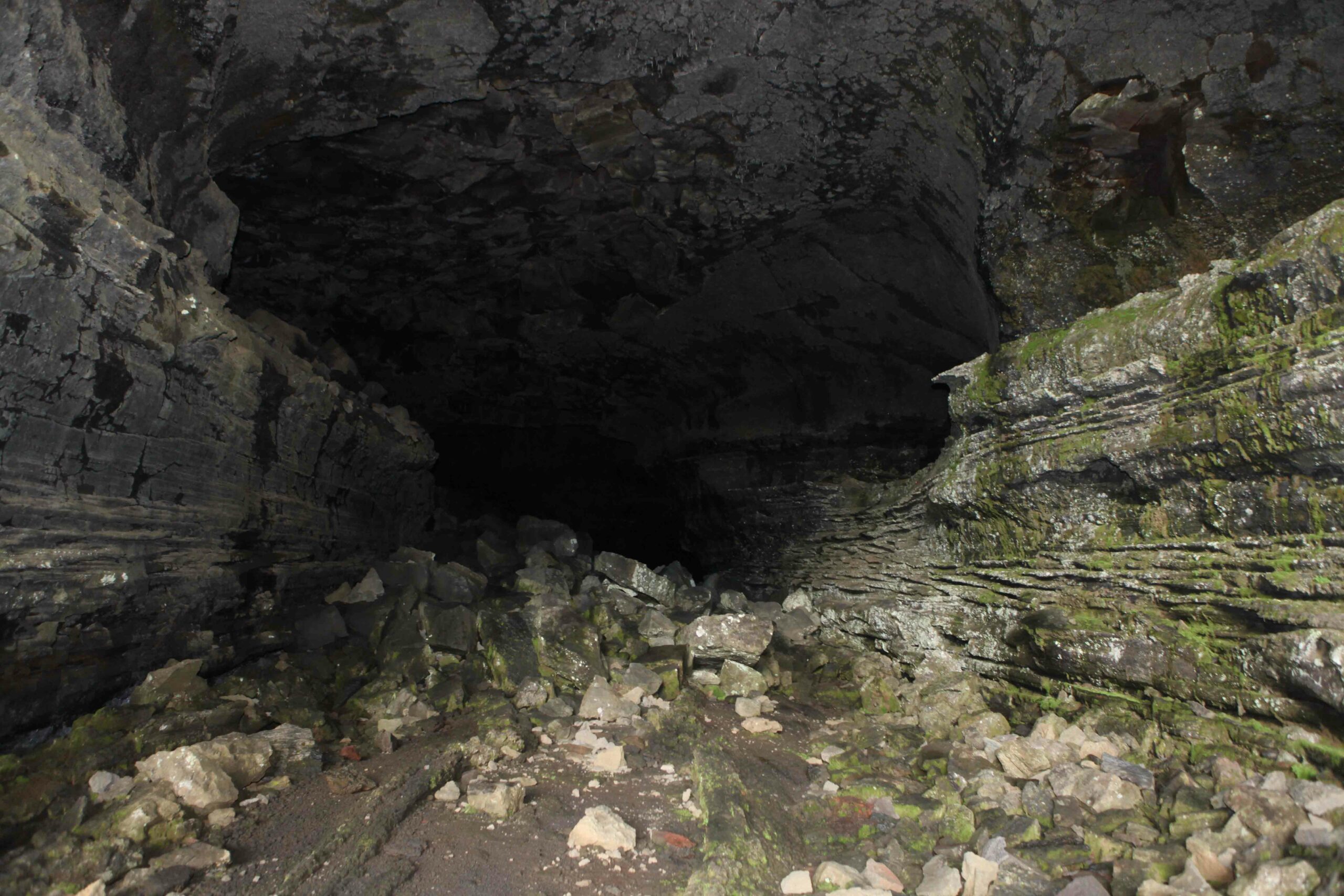
CANBERRA, AUSTRALIA—The International Business Times reports that Neanderthals and Homo sapiens may have crossed paths some 40,000 years ago in the Moravia region of the Czech Republic. Duncan Wright of Australian National University said that he and his team recovered more than 20,000 artifacts from Pod Hradem Cave. The oldest layers of the cave, dating back to 50,000 years ago, contained artifacts made from local stone, but in the layer dating to about 40,000 years ago, they found a bead made from a mammal bone. Wright said the bead could signal the arrival of modern humans, who are thought to have entered Europe about 45,000 years ago. Some of the artifacts in the cave dated to between 40,000 and 48,000 years ago were made of materials obtained more than 50 miles away. Could they have been crafted by Homo sapiens who had been exploring a new environment? Sediments from the cave will be tested for information about how the climate changed over time and for traces of Neanderthal and modern human DNA. For more on archaeology in the Czech Republic, go to “Off the Grid: Prague.”










